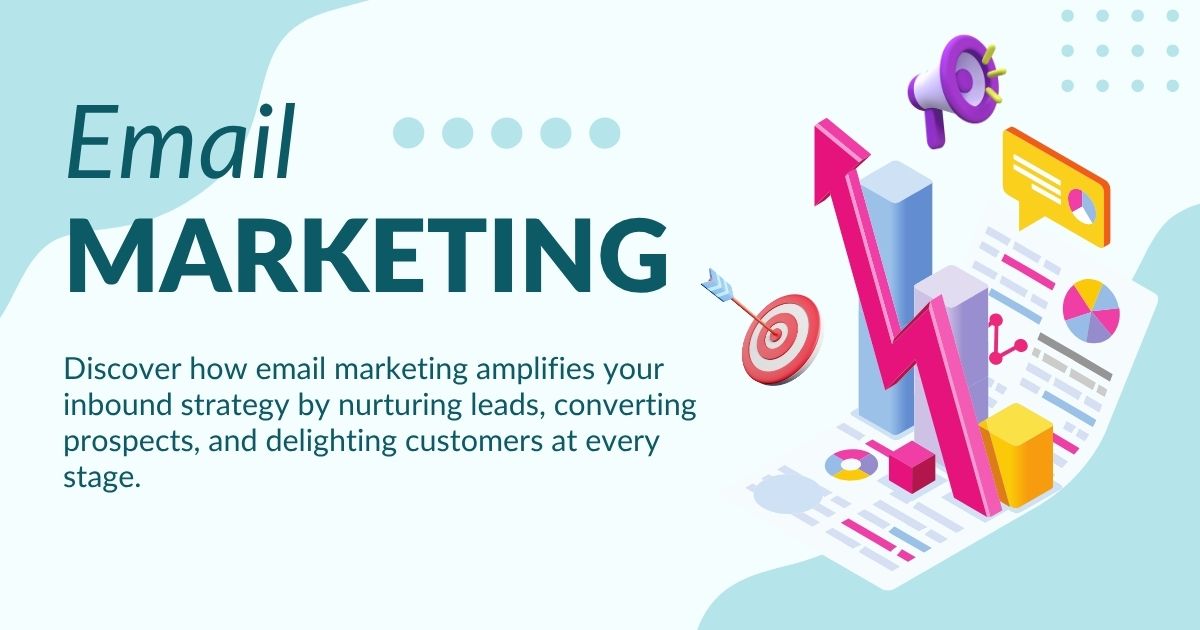
Email marketing remains one of the most powerful tools in your digital arsenal, yet many businesses treat it as a standalone channel rather than the strategic cornerstone it should be. When properly integrated, email marketing doesn’t just send messages—it amplifies every aspect of your inbound strategy, from attracting new prospects to delighting existing customers.
Your inbound strategy depends on creating meaningful connections with your audience at every stage of their journey. Email marketing serves as the bridge between these stages, nurturing relationships and guiding prospects toward becoming loyal customers. Let’s explore how email marketing can transform your inbound efforts from scattered tactics into a cohesive, revenue-driving machine.
Understanding the Email Marketing and Inbound Connection

Your inbound strategy focuses on attracting customers through valuable content and experiences tailored to their needs. Email marketing fits perfectly into this approach by delivering personalized, relevant content directly to your audience’s inbox.
Unlike outbound marketing tactics that interrupt potential customers, email marketing works with your inbound strategy to continue conversations that prospects have already shown interest in starting. When someone subscribes to your email list, they’re giving you permission to nurture that relationship over time.
The synergy between email marketing and inbound strategy creates multiple touchpoints that reinforce your brand message. Blog posts attract visitors, social media builds awareness, and email marketing keeps your brand top-of-mind between visits to your website.
Email Marketing Across the Inbound Funnel
Attracting New Prospects
Email marketing starts working for your inbound strategy even before someone joins your list. Lead magnets—valuable resources like ebooks, templates, or exclusive content—give visitors compelling reasons to share their email addresses.
Your email signup forms become conversion points throughout your website. Place them strategically on high-traffic pages, at the end of blog posts, and in pop-ups that appear when visitors show exit intent. Each new subscriber represents a prospect who has moved from an anonymous visitor to an identified lead.
Consider creating different lead magnets for different audience segments. A marketing manager might download a template for creating buyer personas, while a CEO might prefer a report on industry trends. This segmentation allows you to tailor your email marketing approach from the very beginning.
Converting Leads into Customers
Once prospects join your email list, email marketing becomes your primary tool for moving them through the consideration and decision stages of the buyer’s journey. Welcome email sequences introduce new subscribers to your brand and set expectations for future communications.
Educational email campaigns position your company as a trusted advisor rather than just another vendor. Share case studies, industry insights, and practical tips that help prospects solve their challenges. This approach builds trust and demonstrates your expertise without being overly promotional.
Product demonstration emails, free trial offers, and consultation requests help qualified leads take the next step toward becoming customers. These emails should include clear calls-to-action that make it easy for prospects to engage with your sales team or try your product.
Delighting Existing Customers
Your inbound strategy doesn’t end when someone becomes a customer. Email marketing helps you continue providing value to existing customers, increasing retention rates, and generating referrals.
Onboarding email sequences help new customers get the most value from your product or service. Share tutorials, best practices, and success stories that help customers achieve their goals. When customers succeed, they become advocates for your brand.
Regular newsletter campaigns keep customers informed about new features, industry updates, and educational content. Customer success stories and user-generated content show how others are achieving results with your product.
Building an Email Marketing Strategy That Supports Inbound Goals
Segmentation and Personalization
Effective email marketing requires understanding your audience segments and their specific needs. Create segments based on demographics, behavior, purchase history, and engagement levels. This segmentation allows you to send more relevant content that resonates with each group.
Personalization goes beyond using someone’s first name in the subject line. Reference their industry, company size, or previous interactions with your brand. Dynamic content blocks allow you to customize email content based on segment characteristics without creating completely separate campaigns.
Behavioral triggers help you send the right message at the right time. Set up automated emails for actions like downloading a resource, visiting a pricing page, or abandoning a shopping cart. These timely messages feel relevant and helpful rather than intrusive.
Content Planning and Creation
Your email content should align with your overall content marketing strategy while serving the unique needs of email subscribers. Create an editorial calendar that coordinates email content with blog posts, social media campaigns, and other marketing initiatives.
Educational content works particularly well in email marketing. How-to guides, industry reports, and expert interviews provide value to subscribers while positioning your brand as a thought leader. This approach supports your inbound strategy by attracting and nurturing prospects through helpful information.
Mix promotional content with educational content to maintain subscriber engagement. The 80/20 rule suggests that 80% of your email content should be educational or entertaining, while 20% can be promotional. This balance keeps subscribers engaged without overwhelming them with sales messages.
Automation and Workflows
Email automation allows you to scale your inbound strategy without increasing your workload. Set up automated workflows that trigger based on specific actions or time intervals. These workflows ensure consistent communication with prospects and customers at every stage of their journey.
Welcome series automation introduces new subscribers to your brand and sets expectations for future communications. Include your best content, explain what subscribers can expect, and provide clear next steps for engagement.
Lead nurturing workflows guide prospects through the consideration process with targeted content based on their interests and behavior. Score leads based on email engagement and website activity to identify when they’re ready for sales outreach.
Measuring Email Marketing Success Within Your Inbound Strategy
Key Performance Indicators
Track email marketing metrics that align with your inbound strategy goals. Open rates and click-through rates indicate how well your content resonates with subscribers. Conversion rates show how effectively email marketing drives desired actions.
List growth rate measures how quickly you’re attracting new subscribers through your inbound efforts. Monitor subscriber sources to understand which content and channels are most effective at generating email signups.
Revenue attribution helps you understand email marketing’s contribution to your overall inbound strategy. Track how email campaigns influence website visits, content downloads, and ultimately, sales conversions.
Integration with Other Marketing Channels
Email marketing works best when integrated with your other marketing channels. Use email to promote your latest blog posts, driving traffic back to your website. Share email content on social media to expand your reach and attract new subscribers.
Coordinate email campaigns with your content marketing calendar. When you publish a comprehensive guide or launch a new product, use email to ensure your existing audience knows about it. This coordination amplifies the impact of your content creation efforts.
Track cross-channel attribution to understand how email marketing supports your other inbound activities. Subscribers who engage with email content may be more likely to convert to your website or engage with your social media posts.
Advanced Email Marketing Tactics for Inbound Success
Lifecycle Marketing
Develop email campaigns that correspond to different stages of the customer lifecycle. New subscribers receive welcome sequences, while long-term customers get loyalty rewards and exclusive content. This approach ensures relevant messaging throughout the entire relationship.
Re-engagement campaigns help you maintain a healthy email list by identifying inactive subscribers and attempting to win them back. These campaigns often include special offers or surveys to understand why engagement has declined.
Customer retention campaigns focus on existing customers who might be at risk of churning. Monitor usage patterns and engagement levels to identify customers who need additional support or incentives to continue using your product.
A/B Testing and Optimization
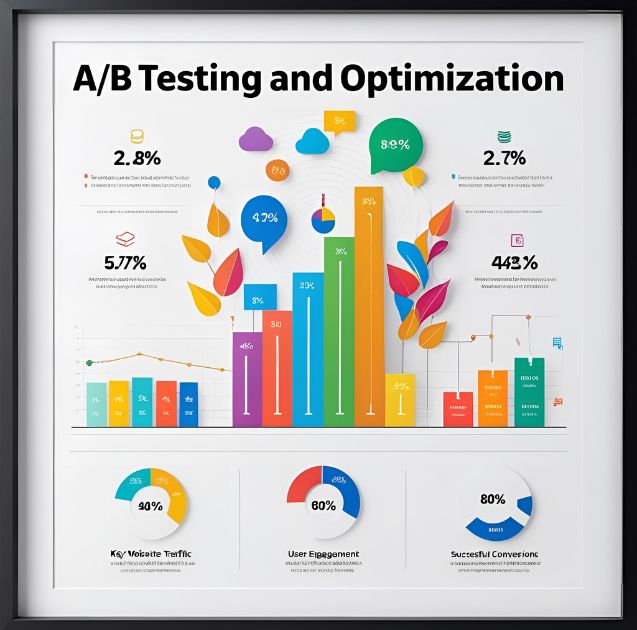
Continuous testing helps you optimize email marketing performance and better support your inbound strategy. Test subject lines, send times, content length, and call-to-action buttons to identify what resonates best with your audience.
Test different email formats to see what drives the best results. Some audiences prefer text-heavy emails with detailed information, while others respond better to visual content with clear calls to action.
Segment your tests to understand how different audience groups respond to various approaches. What works for new subscribers might not work for long-term customers, and what resonates with one industry might fall flat with another.
Making Email Marketing Your Inbound Strategy’s Secret Weapon
Email marketing serves as the connective tissue that holds your inbound strategy together. It transforms one-time website visitors into ongoing relationships, nurtures prospects through complex buying decisions, and keeps customers engaged long after their initial purchase.
Success comes from treating email marketing as an integral part of your inbound strategy rather than a separate channel. Coordinate your email content with your blog posts, social media campaigns, and sales efforts to create a seamless experience for your audience.
Start by auditing your current email marketing efforts and identifying opportunities to better align them with your inbound strategy goals. Focus on providing value at every touchpoint, and your email marketing will naturally support your broader inbound objectives.
The businesses that thrive understand that email marketing isn’t just about sending messages—it’s about building relationships that fuel sustainable growth. Make email marketing the backbone of your inbound strategy, and watch as it transforms casual visitors into loyal customers and brand advocates.


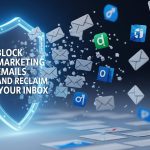

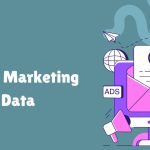
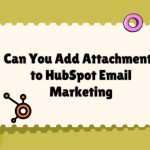

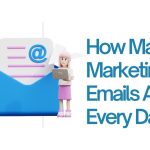

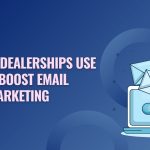




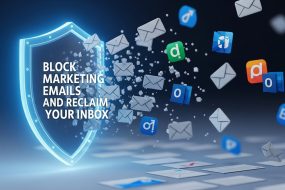
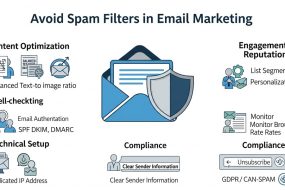
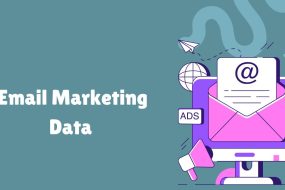
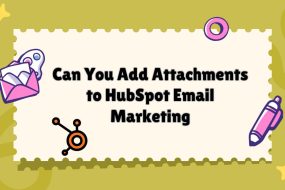
No Comments